Have you ever been struck by how different the same cocktail can feel when served in a different glass? A martini served in a regular tumbler definitely loses something, and somehow a whiskey sour in a champagne flute just feels... wrong. And, while that might just be about aesthetic values—the correct glassware is made to preserve and enhance the smell, taste, temperature, texture, and finish of a drink. Choosing the correct glassware can elevate a cocktail from "pretty good" to "one I'll never forget."
In this guide we'll cover how to select the right glassware for a variety of cocktails from the classics, to modern twists, and we'll explore some basic science to boot! By the end of this guide, you'll understand why a coupe is not a martini glass, why there are highballs, and which glasses every home bar should own.

Why Glassware Matters in Cocktails
Before we match drinks to glasses, let’s understand the why. Glassware impacts:
- Aroma release: The shape determines how aromas concentrate near your nose. (Think of wide bowls like a coupe vs. narrow flutes.)
- Temperature control: Thick glasses insulate (like rocks glasses), while thin glasses keep drinks crisp but may warm up faster.
- Dilution & volume: Some cocktails are meant for slow sipping with ice; others are shaken, strained, and served straight.
- Presentation: Let’s face it—cocktails are as much about the look as the taste. A margarita in a mason jar might feel rustic, but it loses that festive flair.
With that foundation, let’s explore specific cocktail glassware.
The Essential Cocktail Glasses and Their Uses

1. Martini Glass
- Best for: Martinis, cosmopolitans, espresso martinis.
- Why: Its wide, conical bowl exposes more surface area, enhancing aroma. The long stem prevents your hand from warming the drink.
- Pro tip: If the sharp “V” design feels unstable, opt for a coupe (a more versatile and spill-proof alternative).
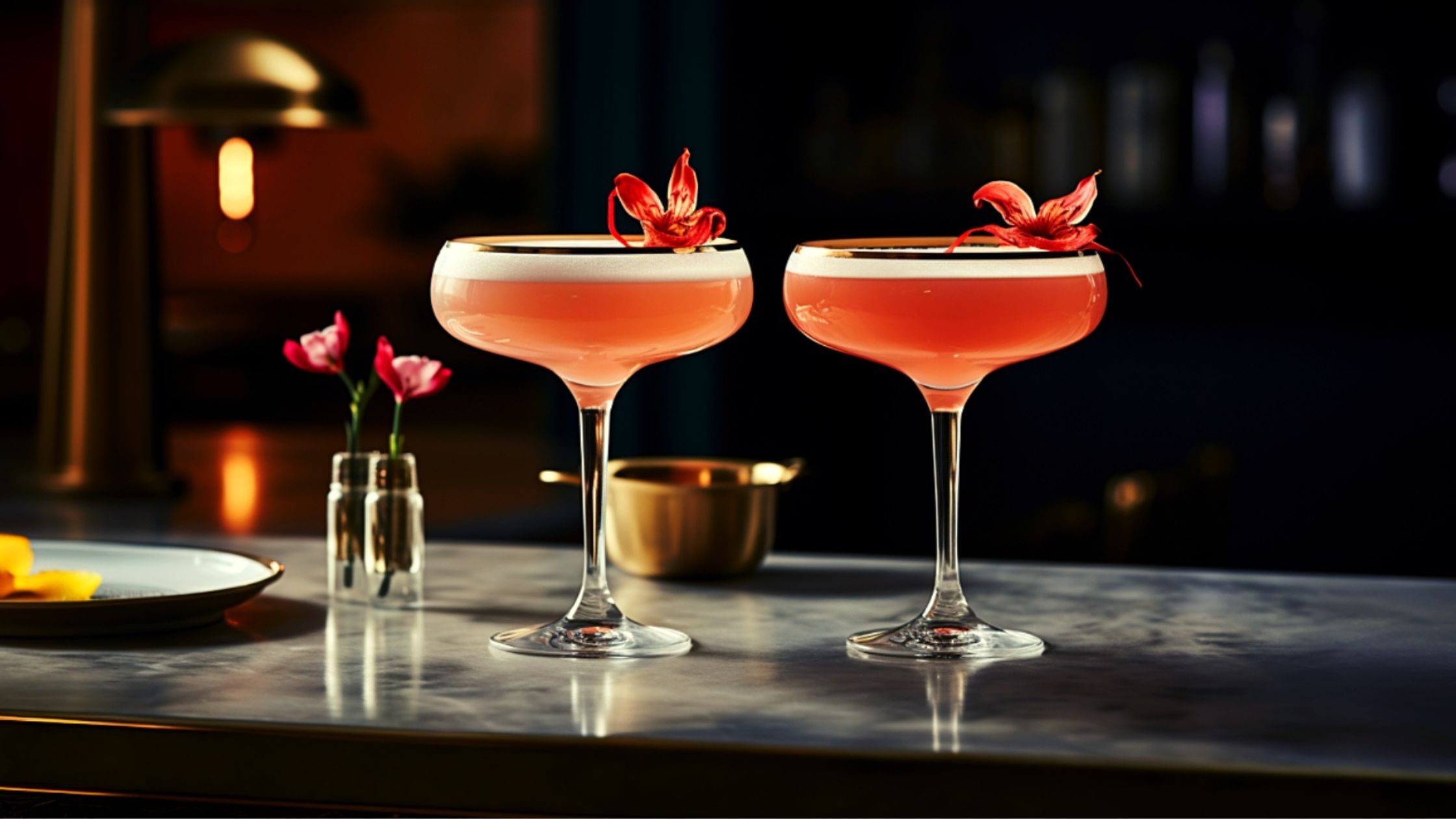
2. Coupe Glass
- Best for: Classic cocktails like daiquiris, sidecars, aviation, or even champagne.
- Why: The shallow, rounded bowl offers elegance with better balance than a martini glass. It holds just the right amount of liquid for spirit-forward cocktails.
- Fun fact: Once believed to be modeled after Marie Antoinette’s breast—though historians have debunked this myth.
.jpg)
3. Rocks Glass (Old Fashioned Glass)
- Best for: Old Fashioned, Negroni, Whiskey Sour (on the rocks), spirits served neat or with ice.
- Why: Its short, wide design allows muddling ingredients and comfortably fitting large ice cubes or spheres. The thickness keeps drinks cold longer.
- Pro tip: Always use a single large ice cube for slow dilution—it’s part of the ritual.

4. Highball Glass
- Best for: Gin & Tonic, Mojito, Tom Collins, Dark ’n’ Stormy.
- Why: Tall and slim, it maximizes carbonation, keeping bubbly mixers fizzy longer. It also holds a higher volume—perfect for refreshing, light cocktails.
- Pro tip: Pair with plenty of ice to maintain chill without watering down too fast.
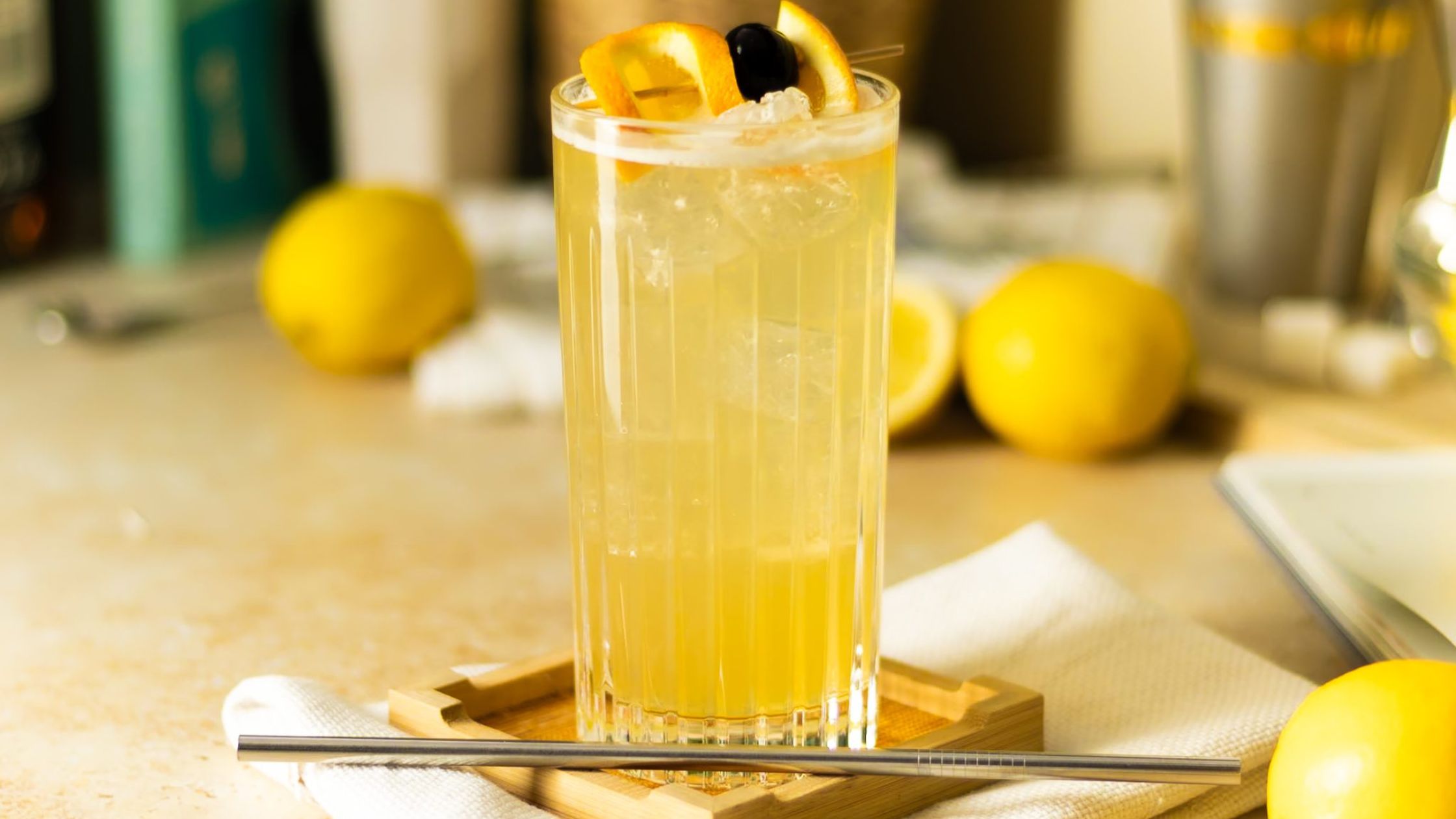
5. Collins Glass
- Best for: Long drinks like Collins variations, Fizz cocktails, Ramos Gin Fizz.
- Why: Similar to a highball but slightly narrower and taller. Designed to hold effervescent drinks with more garnish.
- Tip: You don’t strictly need both Collins and Highball glasses—most home bartenders pick one.
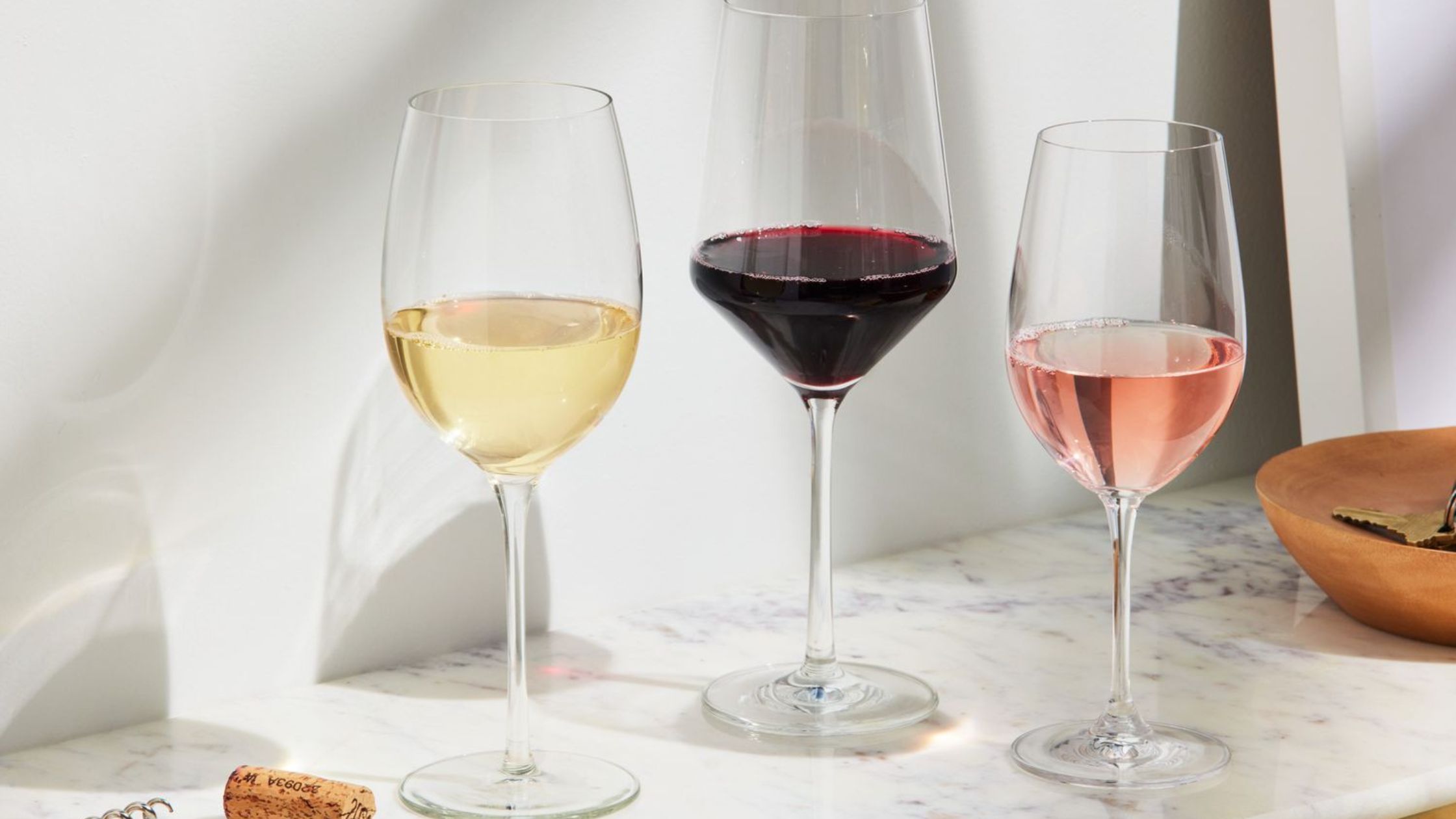
6. Wine Glass
- Best for: Sangria, spritzes, wine-based cocktails (Aperol Spritz, New York Sour).
- Why: The bowl traps aromas, while the stem prevents warming. Large wine glasses are also trendy for spritzes garnished with fruit.
- Pro tip: Red vs. white wine glasses differ in bowl size, but for cocktails, either works.
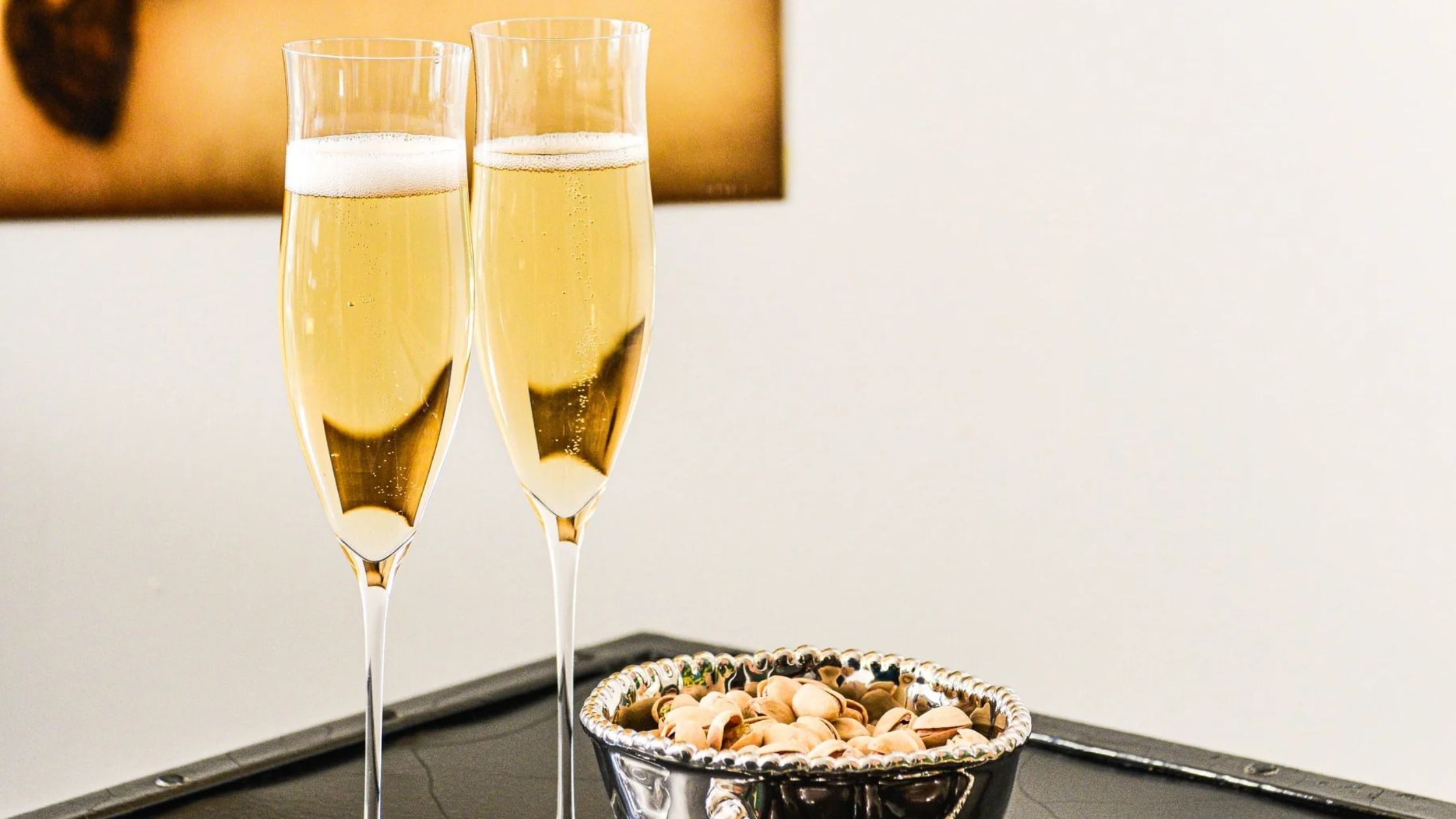
7. Champagne Flute
- Best for: Mimosas, Bellinis, French 75, sparkling wine-based cocktails.
- Why: The narrow flute preserves carbonation, ensuring every sip is crisp and bubbly.
- Alternative: Some bartenders prefer coupes for champagne cocktails—it’s a style vs. tradition debate.
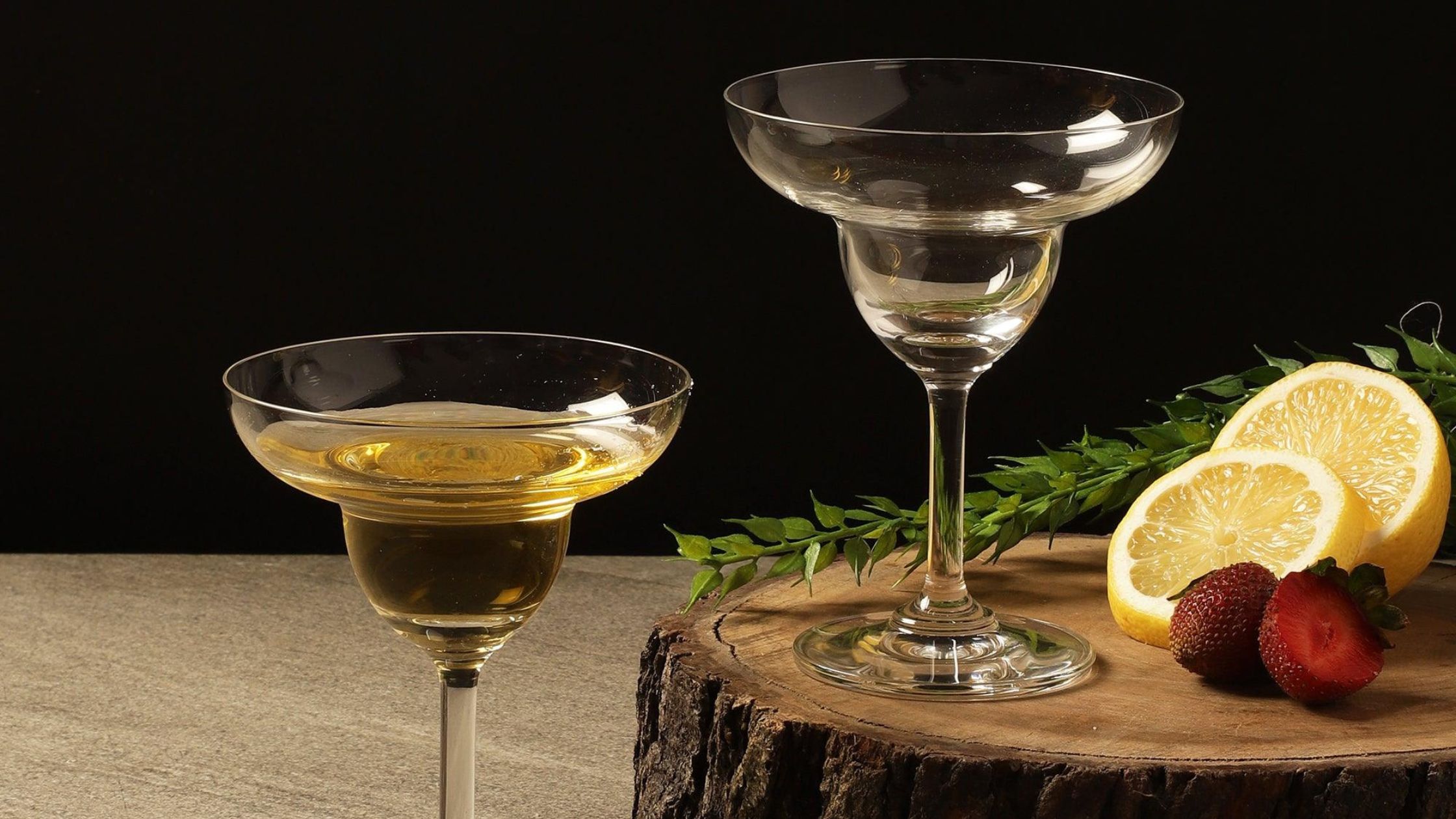
8. Margarita Glass
- Best for: Classic margaritas, frozen margaritas, daiquiri-style frozen drinks.
- Why: The wide rim is perfect for salt or sugar garnishes. Its shape also accommodates blended cocktails.
- Pro tip: If you don’t own one, use a coupe—it works just as well.
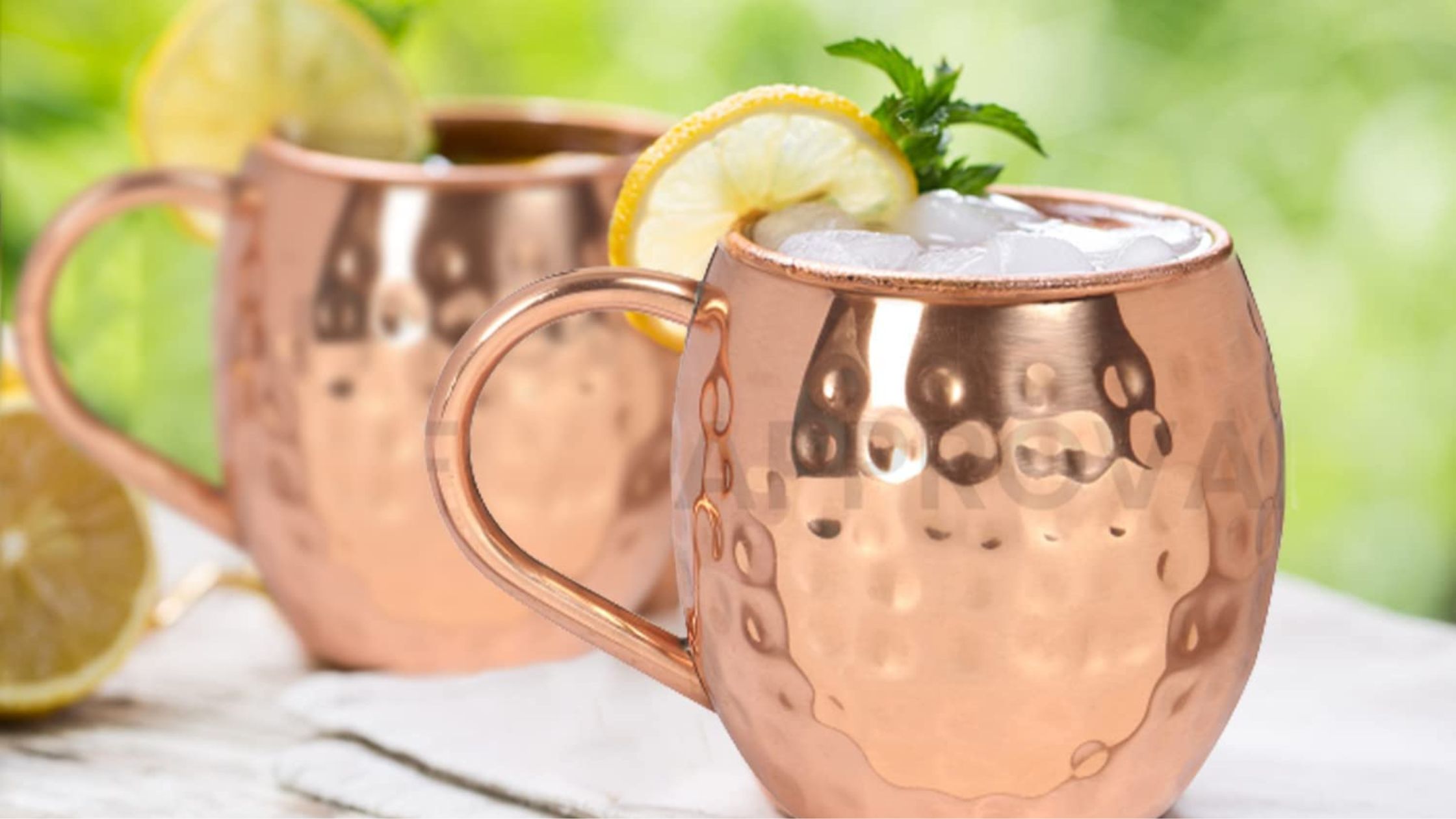
9. Copper Mug
- Best for: Moscow Mule, Kentucky Mule, Mexican Mule.
- Why: Copper is a natural thermal conductor, keeping drinks icy cold. Plus, the aesthetic has become iconic.
- Pro tip: Look for lined copper mugs to avoid unwanted metal reactions.
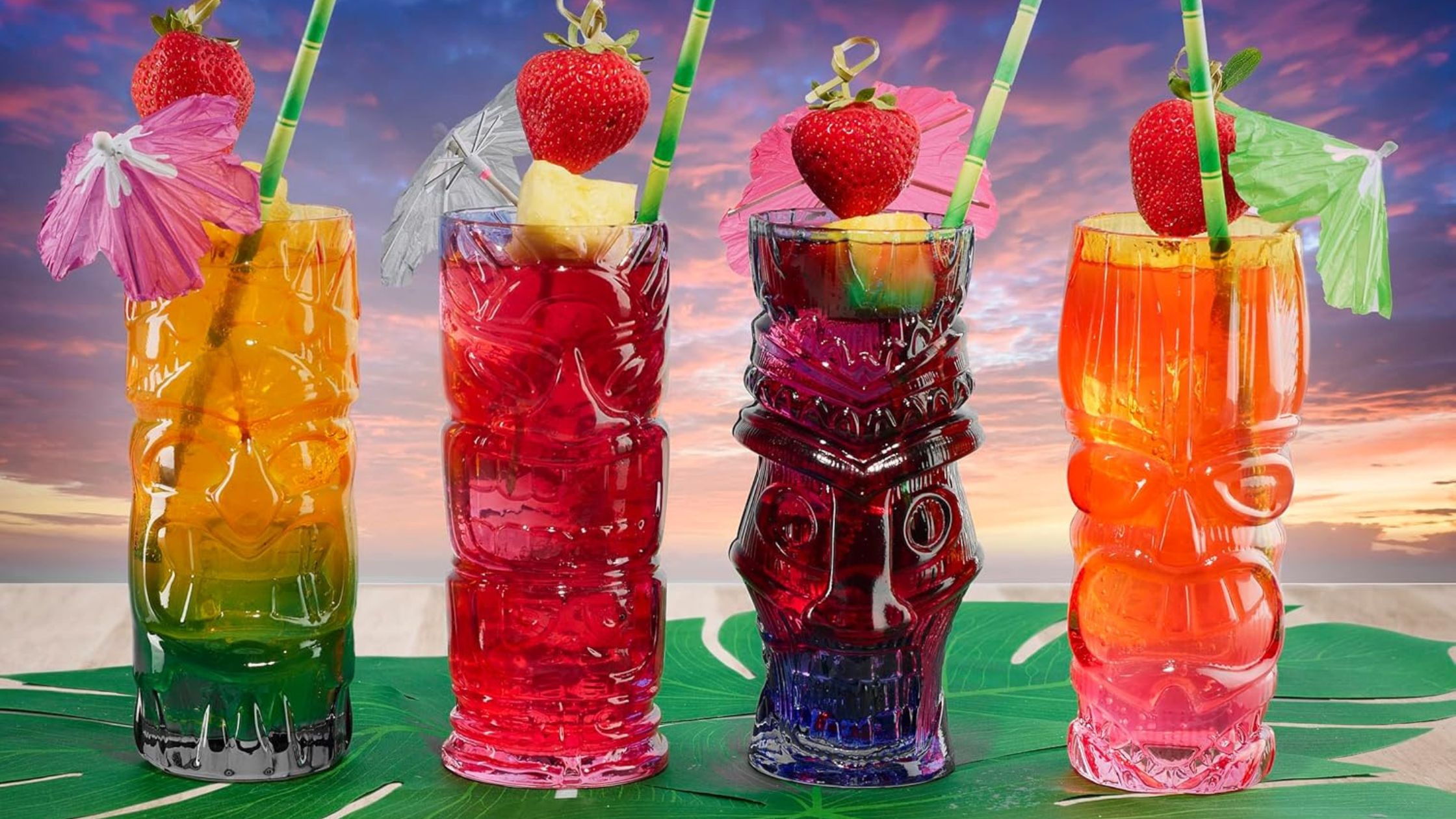
10. Tiki Glass or Mug
- Best for: Mai Tai, Zombie, Painkiller, other tropical rum cocktails.
- Why: They’re fun, thematic, and roomy for crushed ice and elaborate garnishes.
- Pro tip: Not essential for home bars, but great for themed nights.
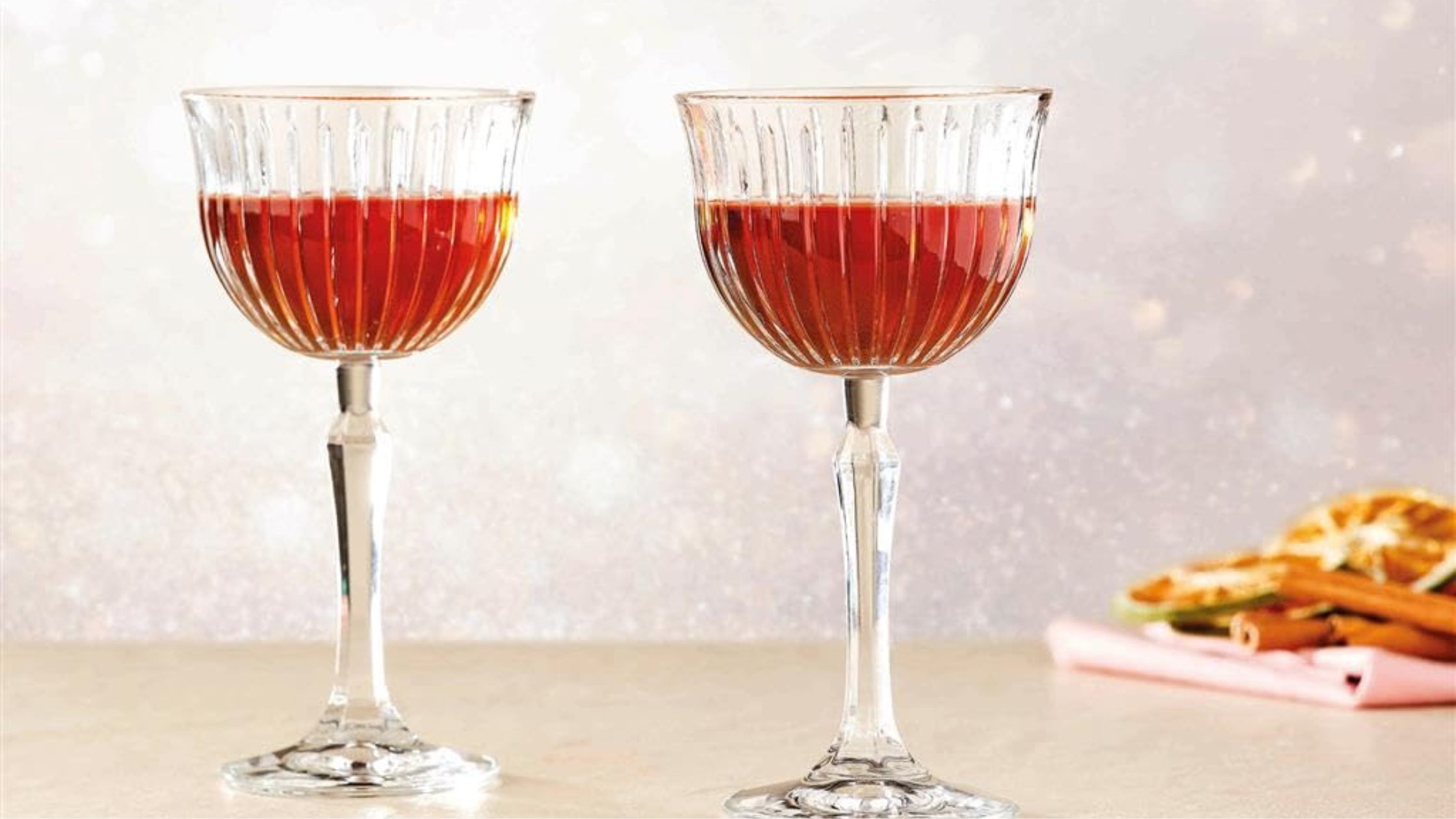
11. Nick & Nora Glass
- Best for: Spirit-forward cocktails like Manhattans, Boulevardiers, Vespers.
- Why: A smaller, elegant alternative to martini or coupe glasses. Its tighter opening captures aroma and reduces spills.
- Pro tip: Many modern cocktail bars are replacing martini glasses with Nick & Nora.
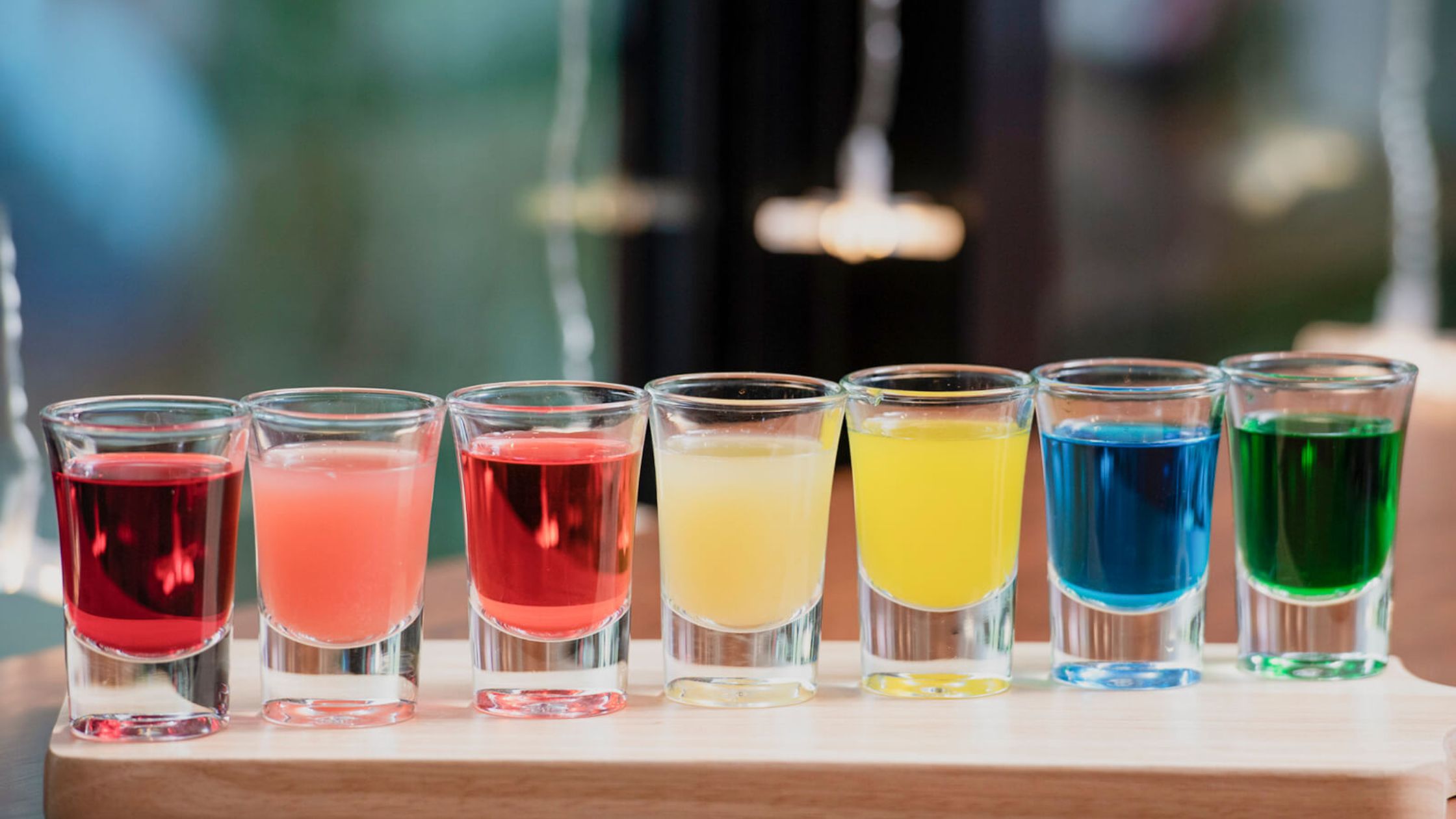
12. Shot Glass
- Best for: Straight spirits, layered shots, tasting pours.
- Why: Standardized small capacity (30–60 ml) makes it ideal for quick, concentrated servings.
How to Choose the Right Glassware for Your Home Bar
You don’t need every single glass type. Instead, build a versatile starter set:
- Rocks glass → Covers whiskey, short cocktails, and neat spirits.
- Highball/Collins glass → For refreshing, tall drinks.
- Coupe/Nick & Nora → For spirit-forward or shaken/strained cocktails.
- Wine glass → Works for wine, spritzes, and even doubles as a stand-in for cocktails needing aroma concentration.
Optional upgrades later: margarita glass, tiki mugs, copper mugs, flutes.
Aesthetic vs. Practical Choices
- Minimalist: If you're hosting informally, three or four types are plenty.
- Cocktail nerd: Matching glassware makes the ritual and the presentation better.
- Professional bartender: Each glass has a place, and not just for aesthetic reasons, but functionality.
Pro Tips for Serving Cocktails in the Right Glassware
- Chill your glassware: A chilled (preferably frozen) coupe or martini glass helps deliver a smoother stirred drink.
- Match your ice: A Big ice cube for rocks glasses, crushed ice for tiki/highball, and no ice for spirit forward cocktails
- Don't overfill: Glassware is purposely designed to hold ingredients in proportion - part of the experience in the glass is leaving the glass as part of the experience. You need room for aroma, garnish and even a little room for the liquid.
- Be experimental: Breaking traditions can work sometimes too (like serving a margarita in a rocks glass).
Conclusion
Choosing the correct cocktail glassware is not just about beauty; there are functional benefits as well. Every shape, size, and material has a purpose: preserving aroma, controlling dilution, presenting color, or enhancing carbonation. For the average home bartender, a few versatile glasses could handle most situations. For cocktail enthusiasts, the collection of interesting glassware is part of the fun of the activity.
So the next time you are shaking, stirring, or pouring, remember-the right glassware doesn't just hold the drink, it tells its story.
Also Read: The Chemistry of Cocktails: Acidity, Balance, and Mouthfeel Explained

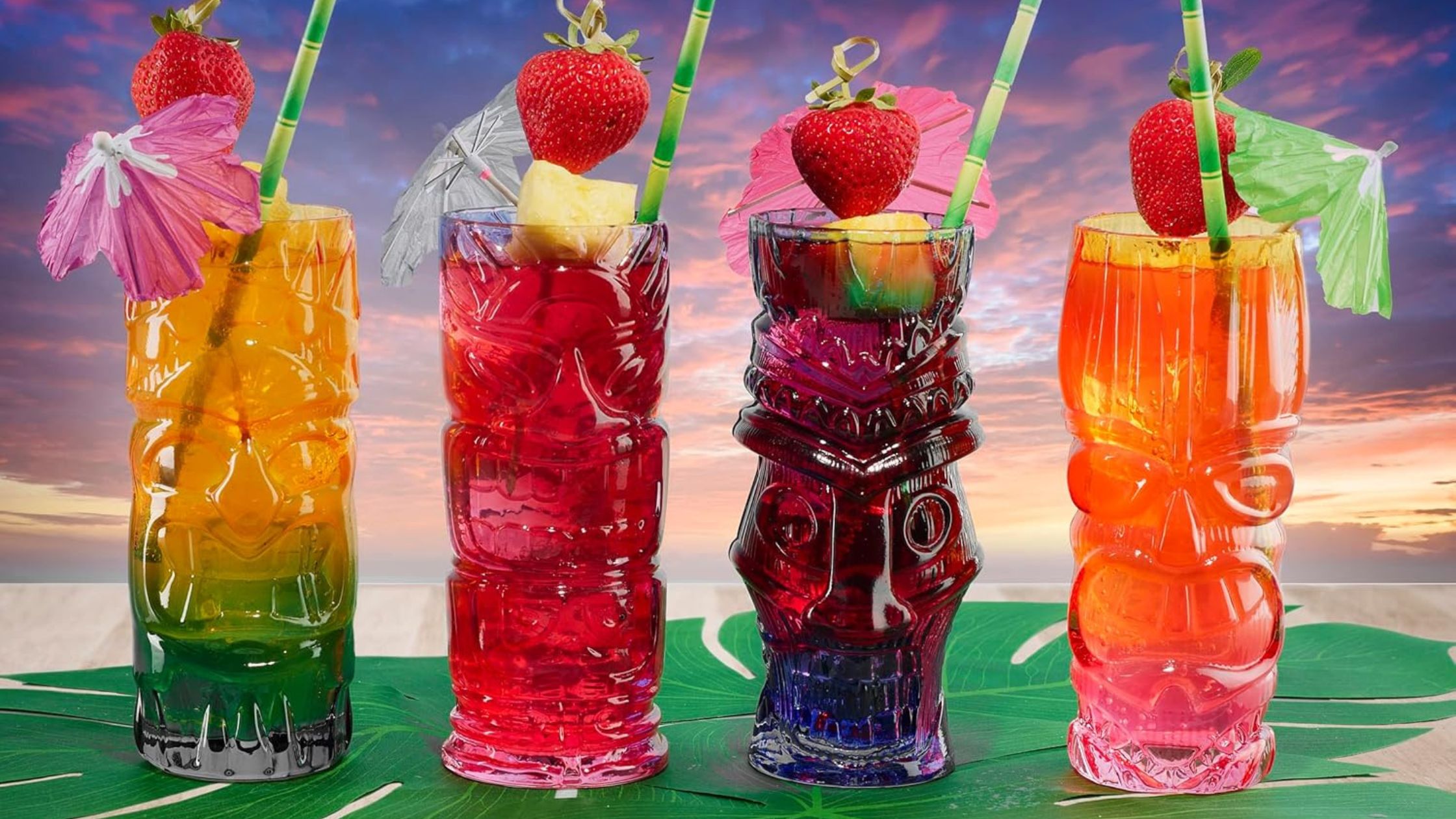



.jpg)








